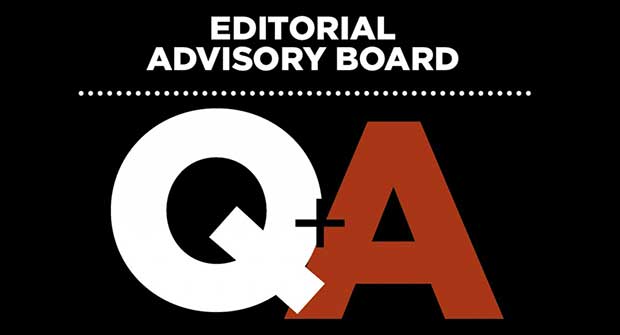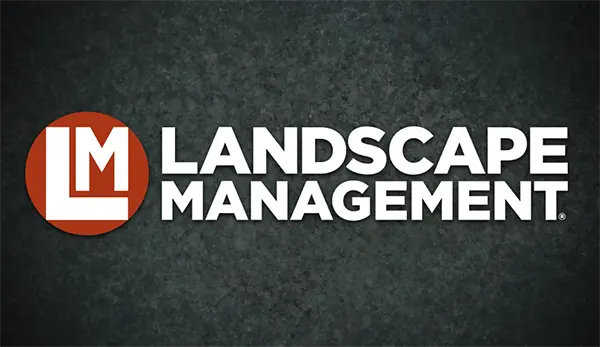Peter Novak, CEO and president of Serpico Landscaping in Hayward, Calif., gives his take on using smart irrigation controllers.

Landscape Management: Can you talk to me about your experience with smart controllers?
Peter Novak: We started using weather-based irrigation controllers (aka smart controllers) back in 2005, and at that time, they were new technology. Not a lot of people knew what they were about, so we spent the next several years developing not only benefits as to why we would recommend them to our clients but also training in-house on how to use them.
LM: Since that time, have you stayed loyal to one brand?
Novak: We’ve used all kinds of different brands. We like to make sure that we are recommending what we believe is the best solution for our clients, so we spent a lot of time in the past testing different makes and models, both at our facilities and actually in field, and so we don’t really have a loyalty to one particular make and model.
If we’re talking about specific applications, the way we determine that is basically by area. For example, if we have a homeowners’ association with a thousand homes in it and a lot of area to cover, then we’d choose something more commercially oriented, something that’s going to have extra durability, extra support from the manufacturer, like a HydroPoint, the Pro Series controllers, or even an ET Water controller.
For something that’s not 900 homes or a corporate campus, we’ll talk to the client and say, ‘Do you have any preferences?’ We’ll take those into consideration, but if there are no preferences, then we may suggest something from Rain Bird, Hunter or Irritrol.
LM: Across the board with those smart controllers, how have they made your operation more efficient?

Novak: Typically, what we see is about a 20 to 30 percent improvement in water-use efficiency if we’re just doing a nice smart controller installation. If you upgrade heads or you upgrade to high-efficiency nozzles, then that improves that.
In terms of for the company, smart controllers help the contractor spend less time manually checking the boxes and the actual physical controller. It has helped streamline our operations because our techs can do run-through inspections on their phones and iPads that we give them. That all translates into better margins on everything for the company, whether it’s inspections, isolating repairs, making repairs, or even the reporting back and forth of what we found. Labor’s really expensive right now, so anything a company can do to maximize their technician time and still deliver the same or better result is definitely a plus.
LM: Is there anything other irrigation contractors should keep in mind before implementing this type of technology?
Novak: Absolutely. I’d say the biggest fail that we see is other contractors making a recommendation, selling the client a spiffy, shiny new box, but they have no idea how to control that box. It’s really important that if you have a smart controller, you also have a smart person, someone who’s trained, who knows how to make the most of it.
That includes getting your staff trained completely, whether it’s through the Irrigation Association or the California Landscape Contractors Association or another industry association or a local irrigation guru. Without proper training, it will actually result in a decline in results.
LM: Is there anything else you would like to add?
Novak: The contractor should make sure the client understands that this is a service that comes at an extra cost, and so while it’s nice to say, ‘We recommend the smart controller. It’s going to do all these cool things for you, and you’re going to save water,’ ultimately, you have to let them know, ‘Hey, this is a service add. It’s an additional service, and these things cost money.’

